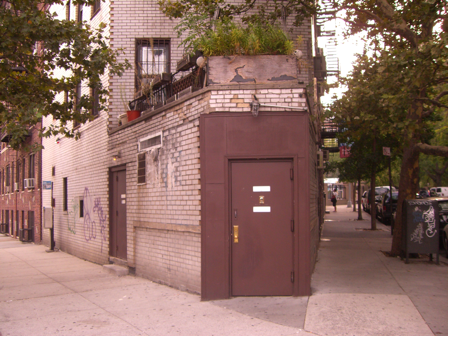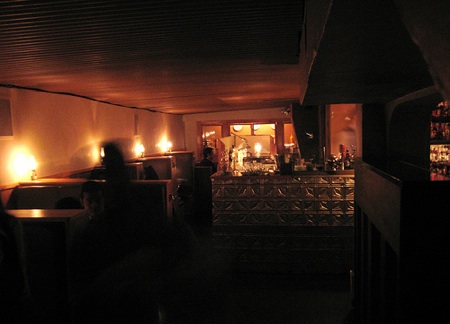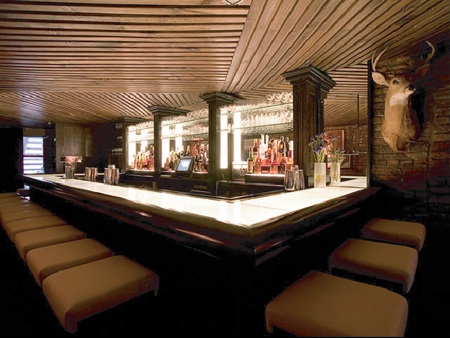In the late 1920s and early 1930s, the sale, manufacture and transportation (bootlegging) of alcoholic beverages was illegal throughout the United States.
This spawned the invention of the speakeasy, a trend that took off like wild-fire. Some sources estimate that in New York City alone there were tens of thousands of speakeasies — a term that is said to come from bartenders telling patrons to “speak easy” when ordering, so as not to attract attention and risk a government raid.
Well, speakeasies are back, and are spreading quickly in many metro areas.
Why, in a drinking culture such as ours, would the old speakeasy rise again? In a word: cache, as Gozaic.com points out. Entrances are often hidden, entry is carefully controlled, and they are popularized by word-of-mouth rather than mainstream marketing. In another word(s): covert is cool.
Example: in New York City, Little Branch is behind a nondescript door, and if you didn’t know what you were looking for, you’d never find it. The only clue is fine print on a small plaque outside the door.
Then there’s Please Don’t Tell (PDT). PDT requires a reservation, and has an entrance through another storefront (Crif Dogs). On the left wall of this hot dog shop is an antique phone booth; you enter, close the door and pick up the phone that connects you with PDT. Assuming your reservation checks out, the wall of the phone booth opposite the door opens to reveal another doorway, which then leads to PDT.
Once inside, you’ll find finely crafted cocktails that are pricier than those at regular bars. And you’ll find some of the best bartenders available — true craftspeople.
There are speakeasys in almost every city in America. The hard part, of course, is finding them.





